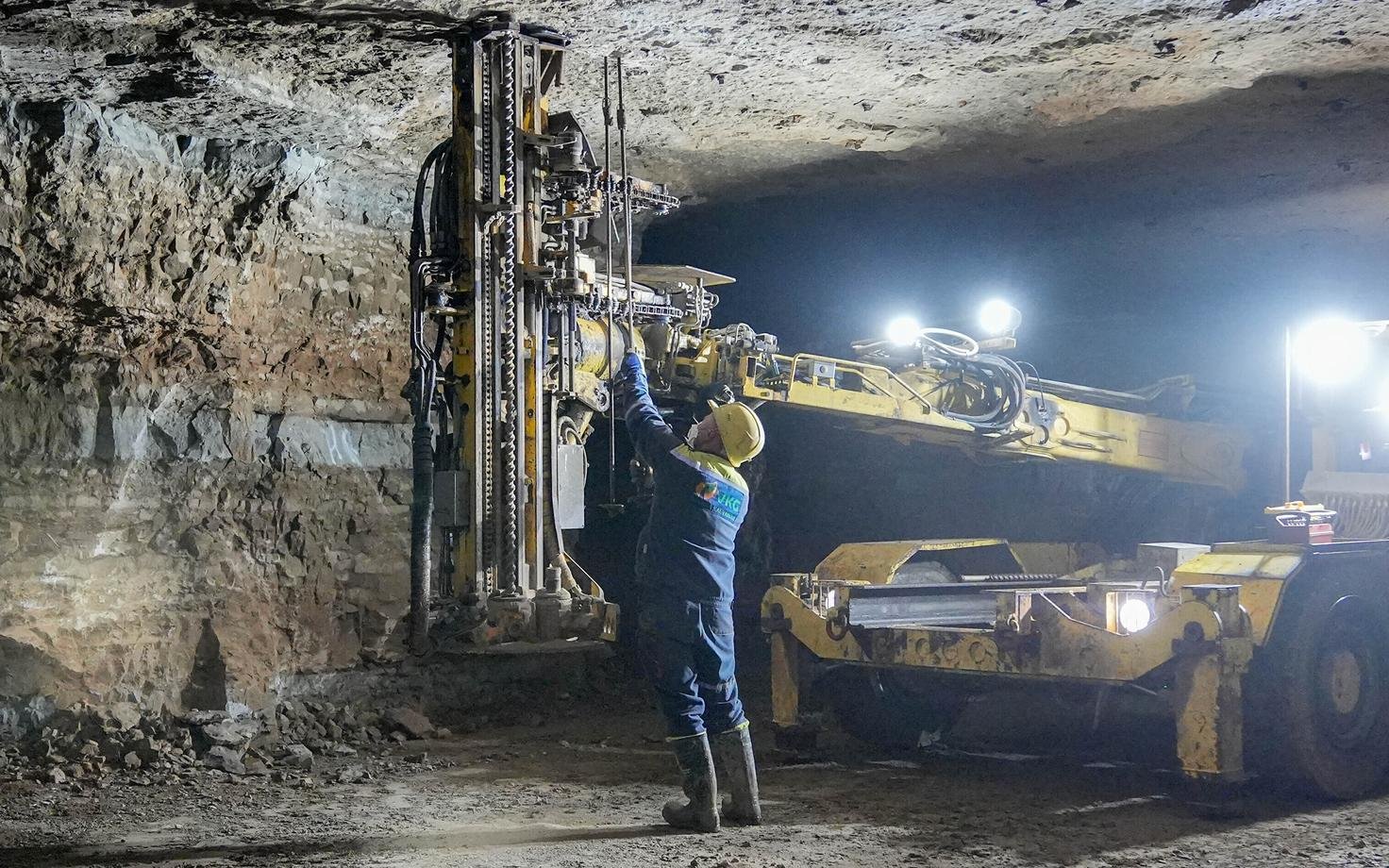
«kuker/site» is made with old fresnel lenses from used TVs from the 1990s– which are arranged into a somewhat screen-based media installation. «kuker/site» functions without the usual technologies and energy transmissions. The lenses, through two- and three-channel setups, distort their immediate surrounding in a way that might appear digital to us, disturbed like pixels with a glitch. At the same time they idiosyncratically augment the non-human entities behind them. The work is based on (field) research on site and into the mining and kukersite oil shale industry as well as the geological history of Estonia. Displaced behind some of the lenses are deep geological layers from Estonias unique klint coastline: kukersite oil shale stones from the Ordovician age, originating from a mine in the north and artificial appearing blue clay from the Cambrian age, one of the oldest earth layers and also mined for various products. The kukersite stones contain visible fossils and are marked with heat engravings from sun light focused through the lenses.
«kuker/site» engages in estonian north-south geographies and its deep geologies to reflect on interlocal dependencies and the creeping uncanniness of changing socio-ecologies: the seemingly untouched, ‹sublime› nature in the south of Estonia (Maajaam/Neeruti) where «kuker/site» is installed, is set into tension to hyperlocal, often publicly inaccesible mining sites in the north. «kuker/site» explores disturbed layers between the human and non-human, playing with the boundaries between the artificial and non-artificial, between ‹nature›, body and technology.
ARTE reporting about «kuker/site« and the Wild Bits exhibition.








